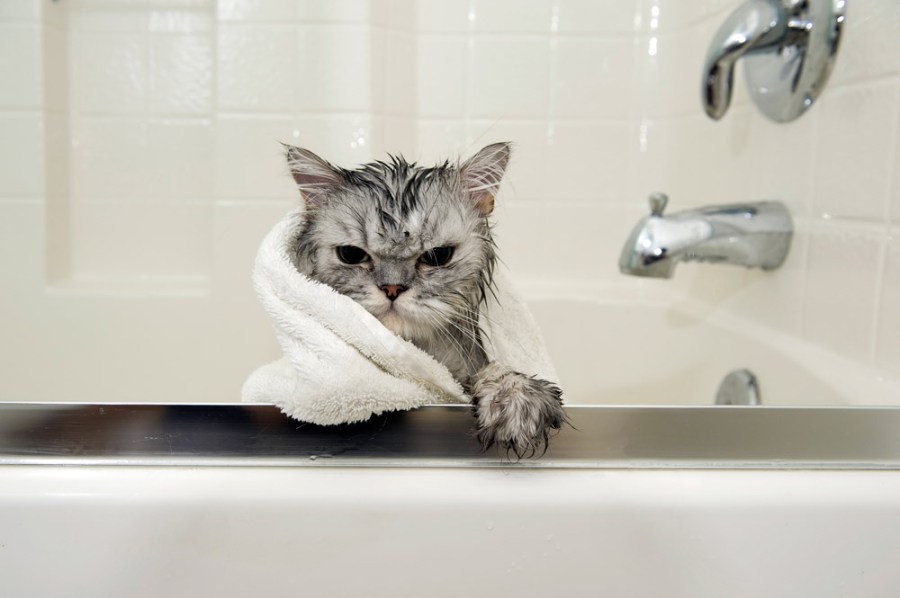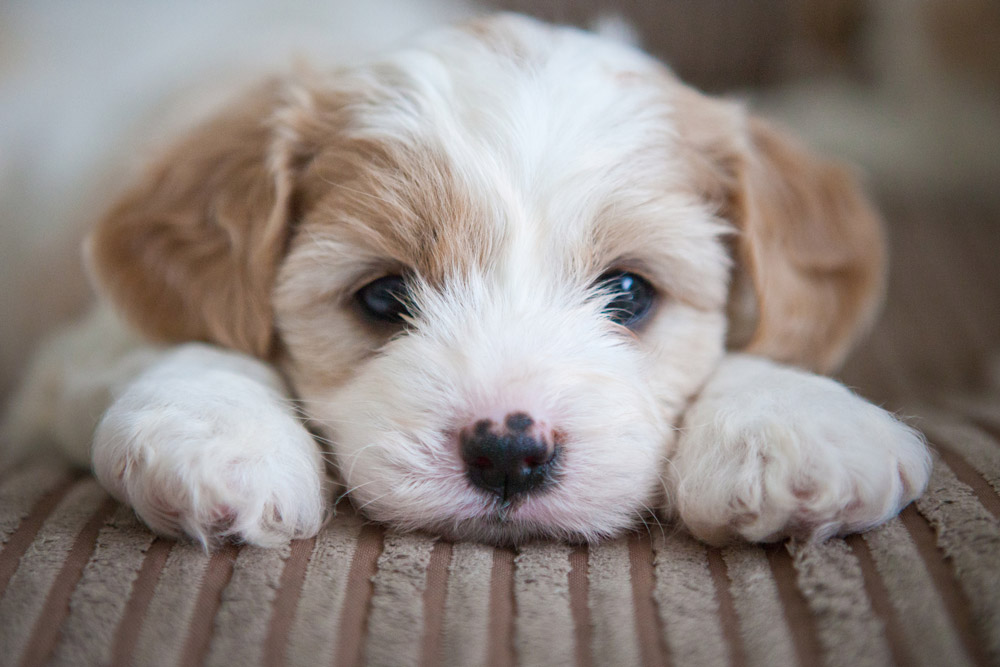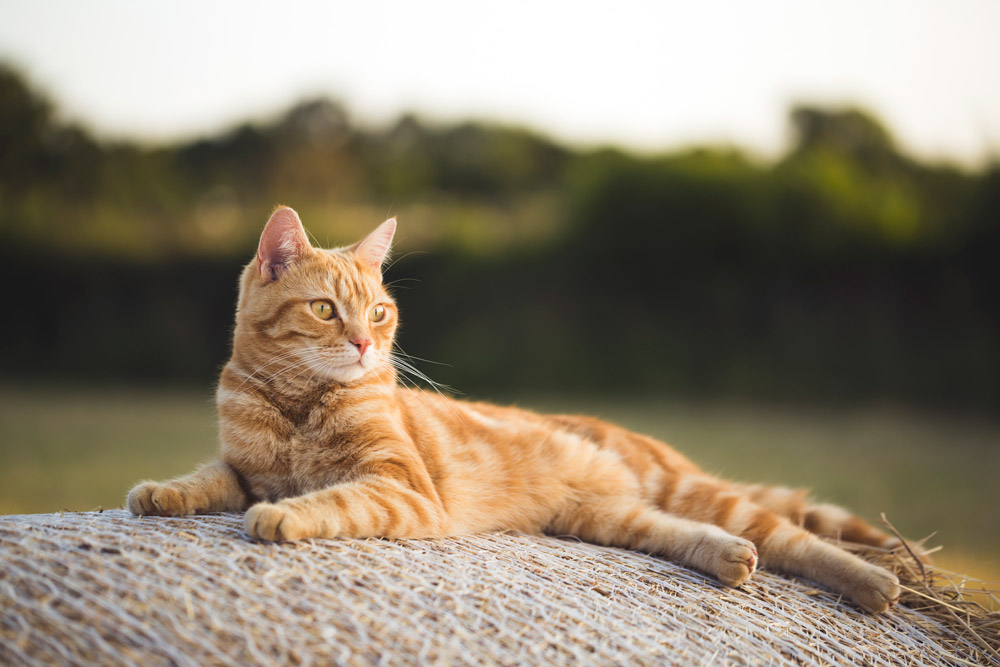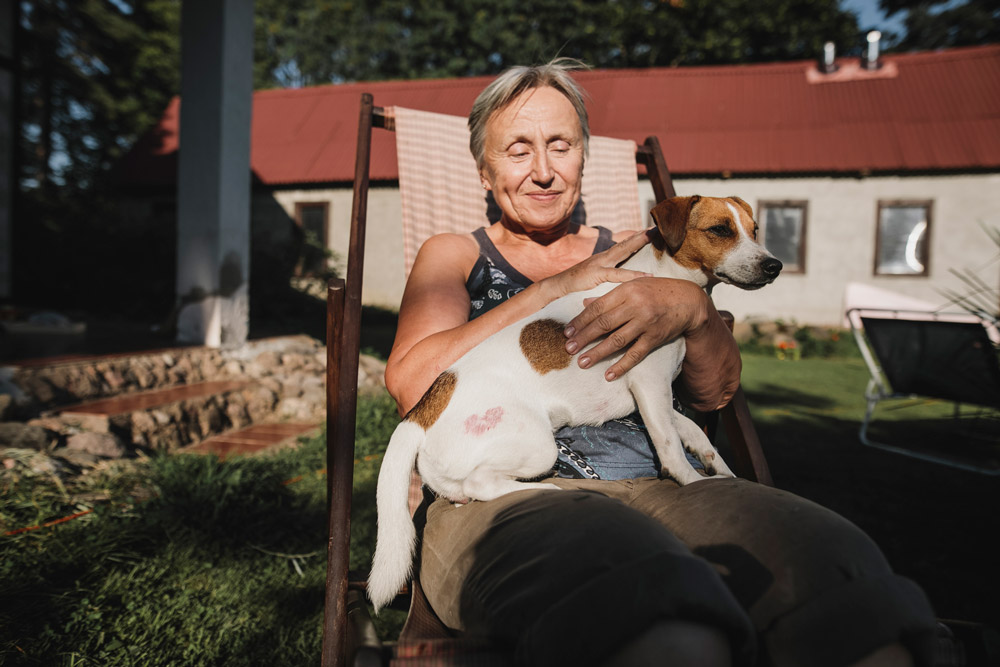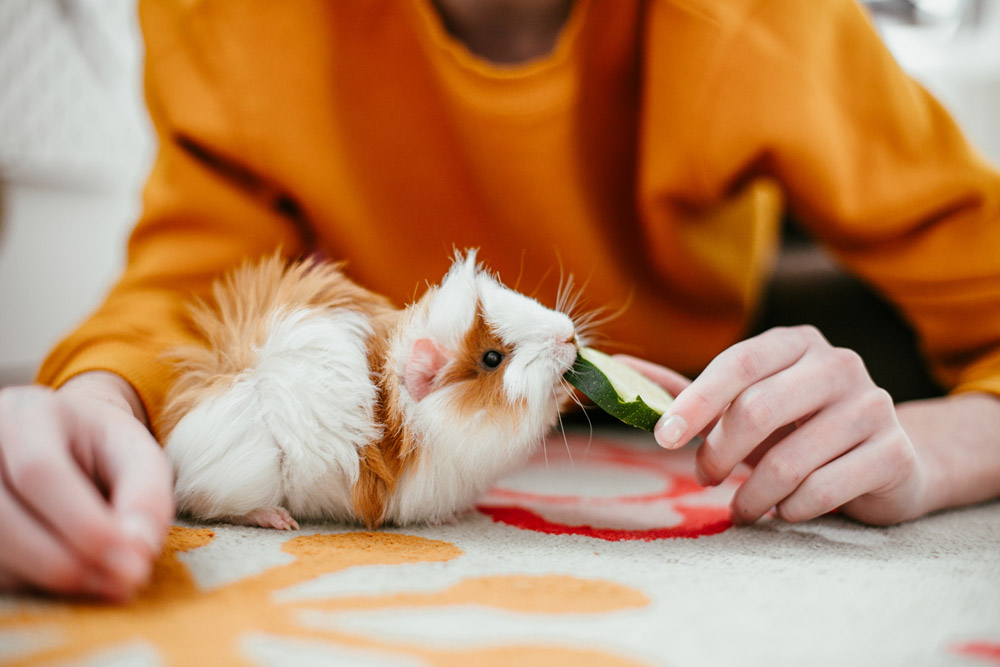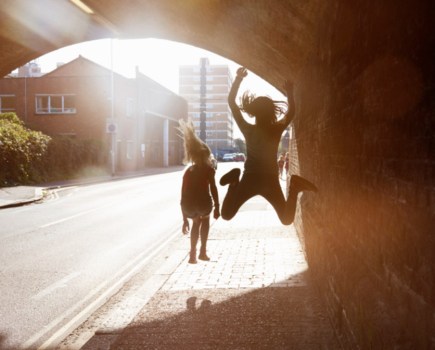For millions of people around the world, no family is complete without a cat, dog or other pets. We lavish fortunes on our beloved animals, as well as our affections, so it’s only understandable that we’d want to photograph them too.
But it seems we don’t just like to take pictures of our own pets, we also love looking at other people’s. According to Flickr, cats and dogs are among the most searched-for terms in their community.
No doubt, you’ve spent several hours yourself viewing cute pictures and videos of cats, dogs, and other cute pets on social media.
The trouble is, pet photography is not easy.
Dogs may come when you call, and cats may mysteriously appear at the sound of a can opener, but point a camera at them and they suddenly develop a mind of their own.
Their typical reaction is to come right up to the camera and either rub up against it (if they’re a cat) or stick their slobbery wet nose on the front of the lens (if they’re a dog), or ignore you completely.
Throw into the mix the challenge of focusing and exposure, and we have a cocktail of complexity that makes getting a great pet photography shot a real challenge.
But don’t worry – we’ve put together a range of tips on achieving great pet photography, liberally sprinkled with the wisdom of contributing photographers, along with a range of pet photographs to inspire and amuse you, and look cute.
Camera settings for pet photography
Exposure Mode
You need to work quickly when photographing pets. Even if they’re dozing, a cute expression can disappear in an instant, so get to grips with your camera, and move away from the Auto mode, by switching to P (Program), Aperture priority, or for control over the shutter speed, switch to Shutter priority (S or Av depending on your camera).
Aperture Priority is a good choice because it gives you more control of your depth of field, whereas Shutter Priority will be useful for capturing fast action.
If the light is consistent you could also set the exposure manually and leave it there.
Aperture
For static shots at close range, a wide aperture such as f/2.8 will help blur the background and concentrate the viewer’s attention on the subject.
If you’re doing action shots of, say, your dog running you may prefer a smaller aperture to increase your depth of field. This will help compensate for any small errors in focusing as you track the subject’s movement.
Shutter Speed
For static pet portraits, you only need to ensure the shutter speed is fast enough to handhold without risking camera shake.
If you have image stabilisation or a monopod this could be as low as 1/15sec. For action shots, a faster speed will be required to freeze movement. Try 1/250 sec as a starting point.
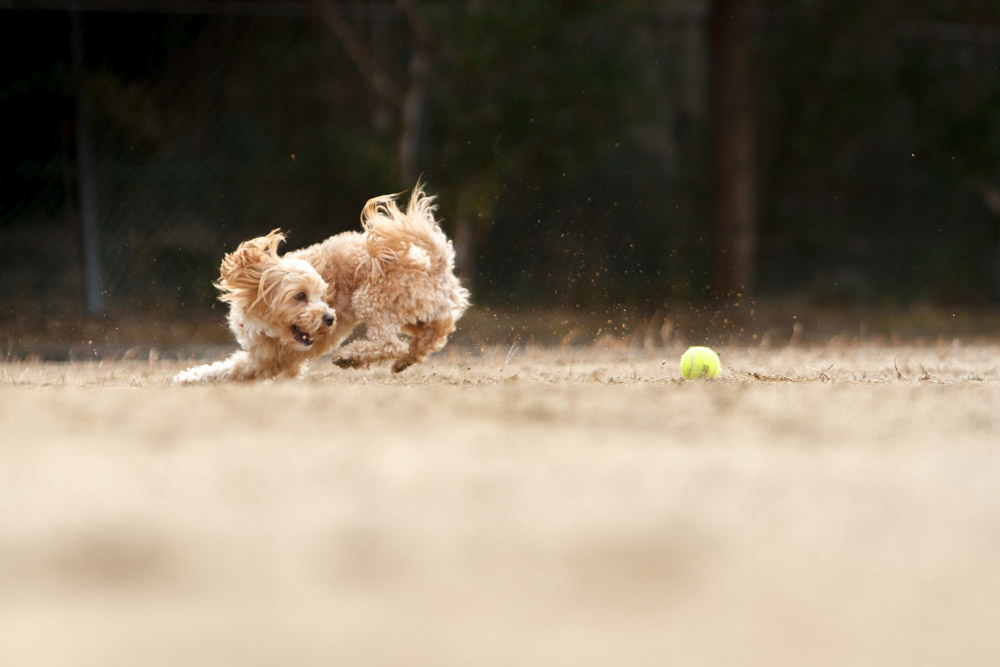
Capturing action can be tricky, but worthwhile, and a fast shutter speed and a tennis ball can help create great shots. Photo: Philip Thompson / EyeEm, Getty Images
If the light level is not that bright you may need to increase your ISO to 400 or above to enable this. Don’t overlook the chance to use a slower speed and pan the camera with your pet’s movement. This can create a more dynamic result.
Metering
Animal fur is notoriously difficult to meter from. Dark fur absorbs a lot of light while white fur reflects it. If you have a black-and-white pet the contrast range may be greater than your sensor can cope with, and you’ll need to get your exposure spot on to retain detail in both the black and white bits.
If you are filling the frame with a dark subject such as a black Labrador, your meter will try to turn the black fur grey, so you’ll need to apply negative exposure compensation, such as -1EV. The reverse is true with a white pet – you may need to add a stop of so of compensation to avoid underexposure.
If your pet is a relatively small part of a wider scene things get tricky because the brightness of the surroundings comes into play. A black dog running on a beach, say, is an extreme example where the meter, influenced by the background, may render the dog a solid black mass with no detail at all.
Do a test shot first. Use the histogram, if it helps. Make sure you shoot in the Raw format too, because if you do get it wrong you’ll have much more scope for adjustment later.
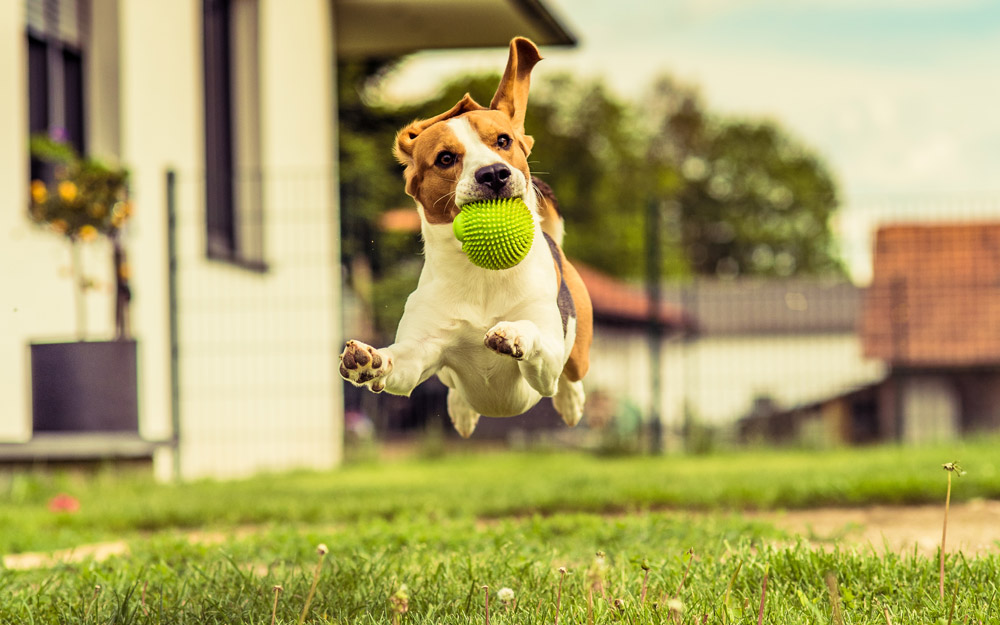
Using a fast shutter speed and continuous AF and high-speed continuous drive mode will help you get great action shots like this. Photo was taken in Graz, Austria. Photo: Przemyslaw Iciak / EyeEm, Getty Images
Focus Mode
Select Continuous AF for shots of your pet in action. This will ensure the camera keeps refocusing on your subject as it moves. Also, crucially it allows you to shoot at any time, whether the lens has focused or not.
This will ensure you don’t miss the decisive moment and, if you’ve stopped down to a moderately small aperture, your subject should still be reasonably sharp.
Photographing pets: Know Before You Go!
Be Ready
Keep your camera charged and loaded with a fresh memory card ready for spontaneous opportunities.
Compose
Get down to the animal’s level (unless a higher angle suits the moment) and exclude distracting background details. A wide aperture will help.
Enlist some help
When photographing pets an assistant can be useful to help keep your subject in position and make noises/wave toys to get it to look in the direction of the camera.
What you need for pet photography
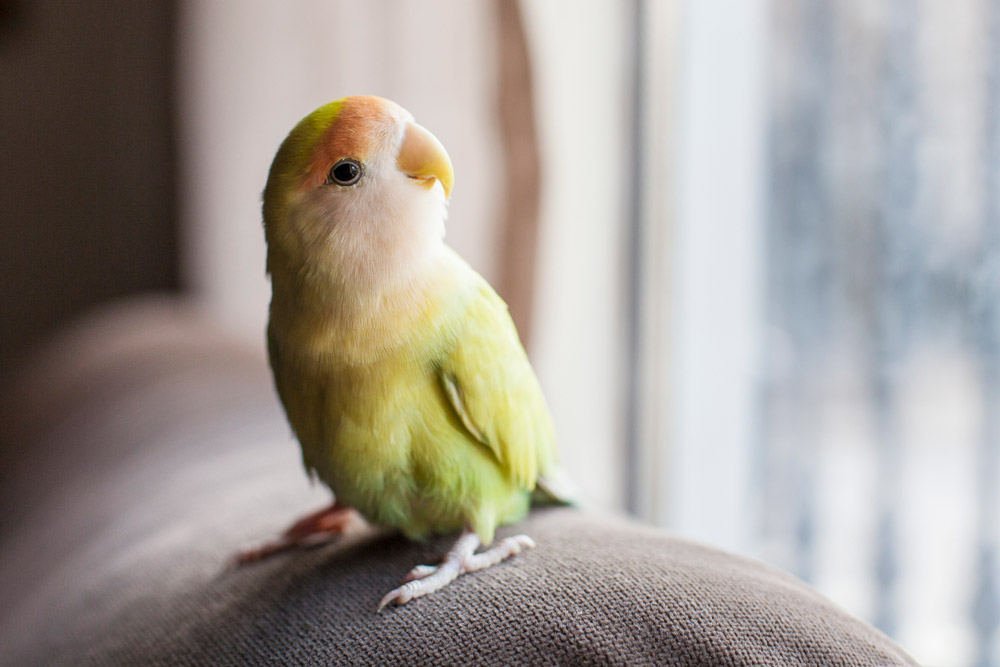
Shallow depth of field has drawn attention to the parrot in this low-light portrait. Photo: Juana Mari Moya, Getty Images
Camera and Lens
You can use any camera, though a DSLR or Mirrorless can give you more creative control over your pet photography, with easy-to-access manual controls, as well as a choice of lenses.
The gear you have will influence the kind of shots you’re likely to be successful with your pet photography. You might struggle to get good action shots with a compact camera, but static pet portraits should be no problem.
While a telephoto lens is good for shots of your dog running in the park, a standard lens works well for documentary-style pictures.
A wide angle at close range can be a great way to inject a sense of humour into your portraits.
Monopod
A tripod is a handicap for most pet photography as you need to be able to move and recompose quickly. However, a monopod will provide stability for your camera without impairing your capacity to react quickly to events.
Flash
Using flash is generally not a good idea when photographing pets. Direct flash is unflattering, and animals get redeye too. Even off-camera flash can bounce off shiny fur and look unpleasant.
If you must use flash, bounce it off a wall or ceiling, but it’s almost always better to set a high ISO instead.
Viewpoint and Composition
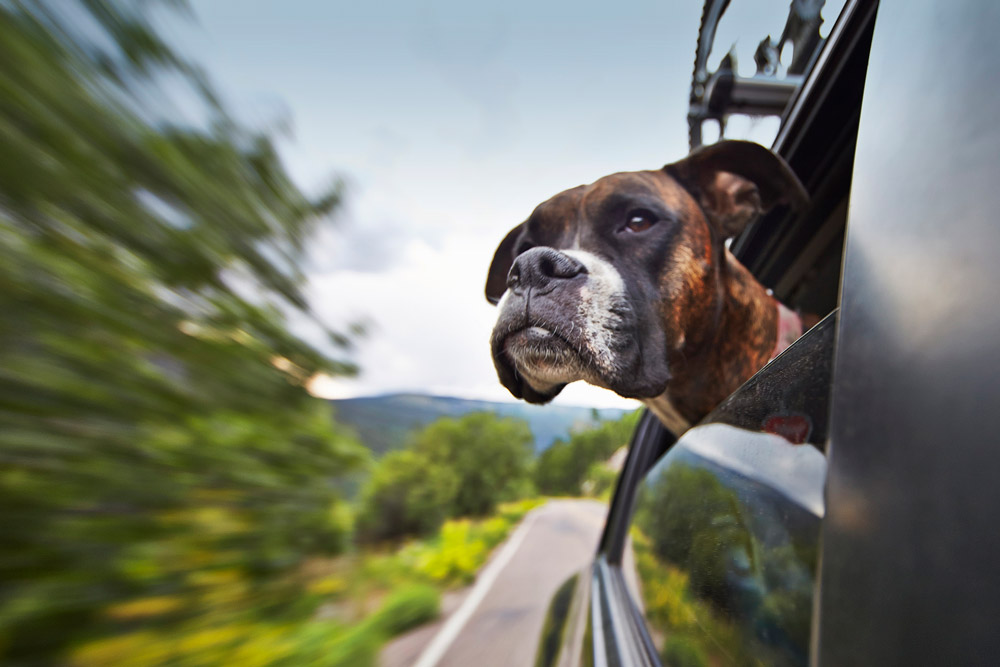
Always do this on a safe empty road while someone else is driving and keep your camera strap around your wrist or neck, Photo: Seth K Hughes, Getty Images
Just like when photographing children, the best pet photos are usually obtained when you get down to their level. If they’re at ground level, as opposed to on the window ledge or the sofa, this will entail getting down on the ground with your camera.
If your camera has live view you might find it easier to set the camera down low and view things on the screen from higher up. This is much easier if you have a tilting LCD screen.
On the other hand, lots of great pet portraits have been taken from the most unusual of angles. This includes looking down on them from directly above (ideal for showing them isolated within a landscape) or even looking up from below (perfect for emphasising the height of a tall dog).
Choose a viewpoint to suit the subject, and what you’re trying to say about them.
Get in close or stand back
For maximum impact fill the frame with your subject. This either means going in quite close or using a telephoto lens.
If it’s a dog, and it isn’t yours, check that it’s friendly before getting too close! Strange cats are likely to run before you can get within clawing range, so a long lens may be needed, but you can get lucky with some.
An alternative to the frame-filling approach is to stand back and show the animal in its environment so that it becomes more of a documentary shot. A cat sunbathing in a tree, for example, will probably look better if you can see more of the tree.
Whether you go in close or show a wider view should depend on whether the environment adds to the picture, such as by helping to tell a story or show context, or detracting from the impact of the subject.
Candid pet photography
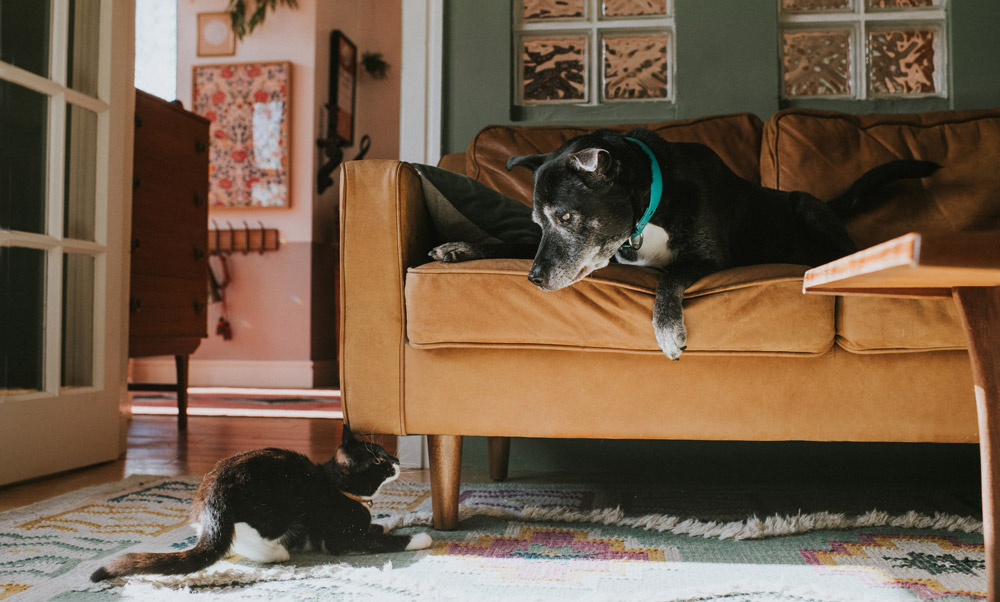
Look for candid shots, as well as interaction between different pets. Photo: Catherine Falls Commercial, Getty Images
Candids are about capturing your pet’s natural behaviour. Maybe photograph the dog chasing a stick or hanging out of the car window, pets interacting with each other or the cat stalking in the garden.
On a less energetic level, it could just be a picture of them dozing on the sofa.
The point is when photographing pets you’re not trying to get them to do something they weren’t doing anyway. This approach is easier than the posed portrait but you’ll still need the patience to catch the right moment.
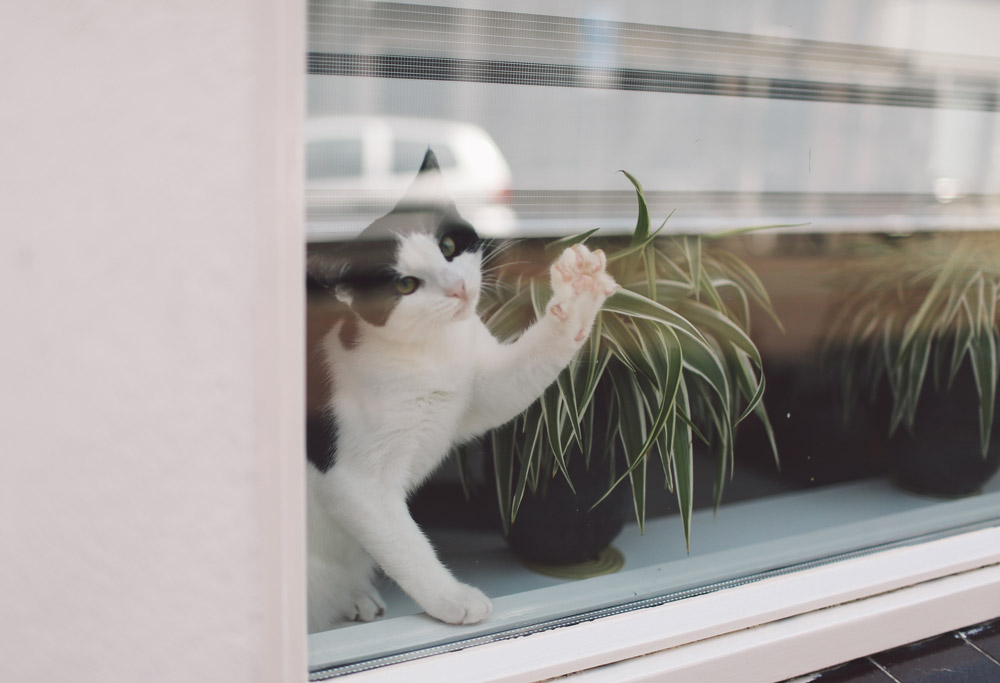
Seeing this kitten looking out of the window – take a shot of her from the outside, which makes a more interesting shot. Photo: Cristian Bortes, EyeEm, Getty Images
It helps if you have some knowledge of your pet’s character. For example, if you know that when you take your dog down to the river he’s liable to jump in, you can be ready and waiting, with tele-zoom mounted and a fast shutter speed selected. (Be sure to stand well back when it gets out and shakes itself vigorously!)
If your cat follows a specific route on its regular perimeter patrol of the garden, you can pre-focus on a spot and be ready for it.
Keep your camera handy at all times, with the battery charged and a fresh memory card. That way, if your cat unexpectedly curls up with the dog while you’re preparing dinner you can grab the camera quickly and get a shot of it.
Posed pet photography
If you have endless patience you might want to try getting some posed pet photography shots.
This involves placing them in a pre-arranged setting and usually having them look into the camera, preferably with a cute expression. Easier said than done, but treats or favourite foods can help!
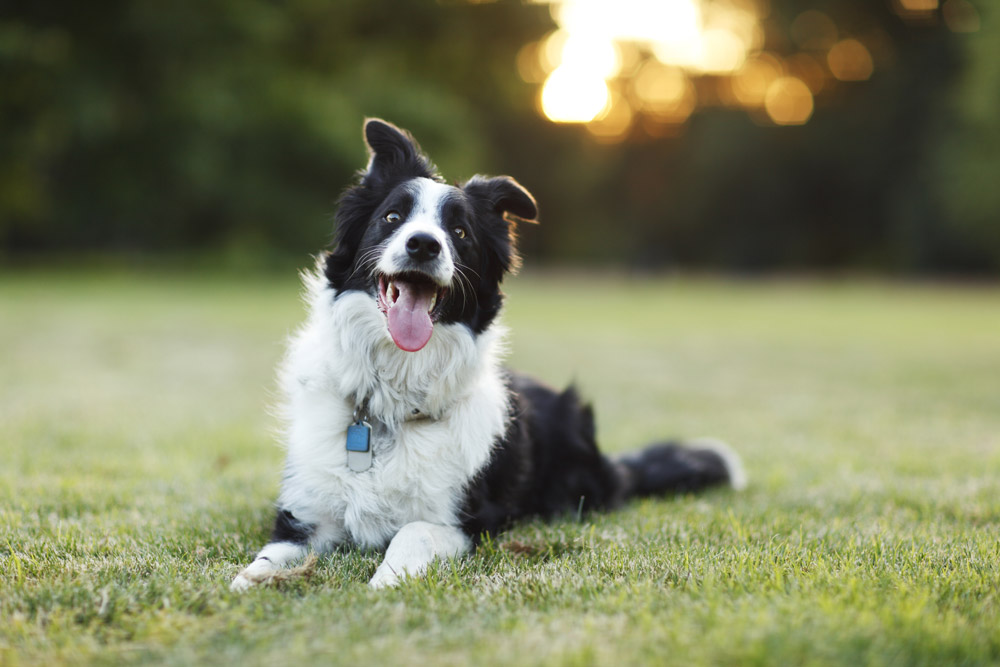
Choose a setting with a clear and non-distracting background – Border Collie – Photo: Purple Collar Pet Photography / Getty Images
If you’re really ambitious you can set up a white background for a studio-style picture. However, these types of pet portraits can seem sterile without any natural surroundings to give some context.
A plain patch of grass outside is perfect.
Indoors you can shoot on the bed or sofa, or lounge floor – just be sure to look around for distracting elements in the background and either remove them or compose to exclude them.
Make sure there is good light on your subject. Placing them near a window or doorway, if indoors, is better than using flash.
Outdoors, and diffused shade will eliminate distracting shadows and keep the contrast down, making your exposure easier. Dappled sunlight can look good but take care with your metering.
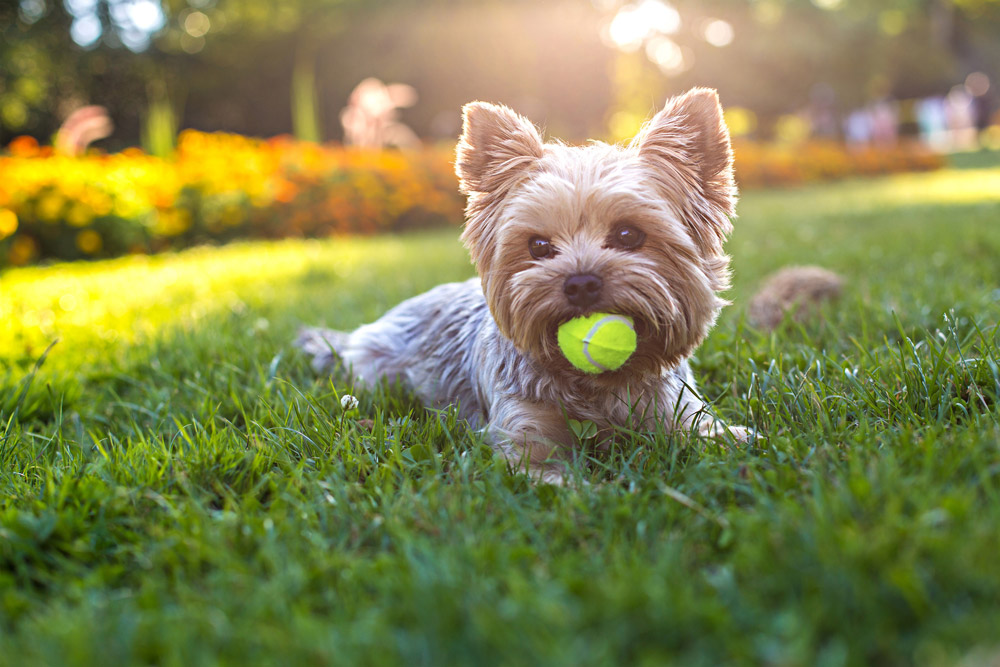
For the best perspective get down to your subject’s eye level, as shown in this shot of a Yorkshire Terrior. Photo: Yevgen Romanenko, Getty Images
The next step is getting your subject’s attention.
Making silly noises, or waving a toy or brightly coloured object, are the obvious tried and trusted methods. This is much easier if you employ an assistant to stand directly behind the camera. If the subject isn’t your own pet this should ideally be the animal’s owner.
Getting your subject to stay put and look at you rather than wandering over to investigate the distraction can be tricky. However, patience should pay off eventually.
The thing to remember with posed pet photography is to keep the session brief. Animals will get bored, and if you haven’t got a good shot in the first few minutes of shooting, the chances of getting one after that are not great.
Best to take a break and have another go later. Sometimes you simply have to work with what your pet is comfortable doing.
Don’t forget the pet owners
If it’s not your pet you’re photographing, then ask to see if the owner wants to be in the photographs, and try and capture some natural-looking photos of both the pet and owner. This might take some time, but can make for memorable photographs, that the owner will cherish.
You’ll also find a whole range of other pets that can make for great subjects, and for some of the smaller pets, like rodents, and fish, you may need to think about how close you can get to your subject, and for the smallest of pets, you may even need to look at using a macro lens.
If you’re planning on taking more photographs of dogs, then look at our guide on how to take great photographs of dogs.
If you want to make money from pet photography, keep an eye out for competitions that accept pet photography, such as the Comedy Pet Photo Awards, and The TOG Awards. For more, see the best photography competitions to enter in 2024.
The AP Improve Your Photography Series – in partnership with MPB – This series is designed to take you from the beginnings of photography, introduce different shooting skills and styles, and teach you how to grow as a photographer, so you can enjoy producing amazing photography (and video), to take you to the next level, whether that’s making money or simply mastering your art form. Have a look at further articles in this series.
- Part 1: Beginners guide to different camera types.
- Part 2: Beginners guide to different lens types.
- Part 3: Beginners guide to using a camera taking photos.
- Part 4: Beginners guide to Exposure, aperture, shutter, ISO, and metering.
- Part 5: Understanding white balance settings and colour
- Part 6: 10 essential cameras accessories for beginners
- Part 7: Beginners guide to the Art of photography and composition
- Part 8: Beginners guide to Photoshop Elements and editing photos
- Part 9: Beginners guide to Portrait Photography
- Part 10: Beginners guide to Macro Photography
- Part 11: Beginners guide to Street Photography
- Part 12: Beginners guide to Landscape Photography
- Part 13: How to shoot Action and Sports Photography
- Part 14: How to shoot wildlife photography
- Part 15: Raw vs JPEG – Pros and cons
- Part 16: How to create stunning black and white images
- Part 17: How to photograph events and music
Find the latest Improve Your Photography articles here.
Further reading:
- How to take great photographs of dogs
- How to master animal photography quickly
- Complete guide to wildlife photography
- Beginners guide to Portrait photography – How to get started
Follow AP on Facebook, Twitter, Instagram, YouTube and TikTok.

